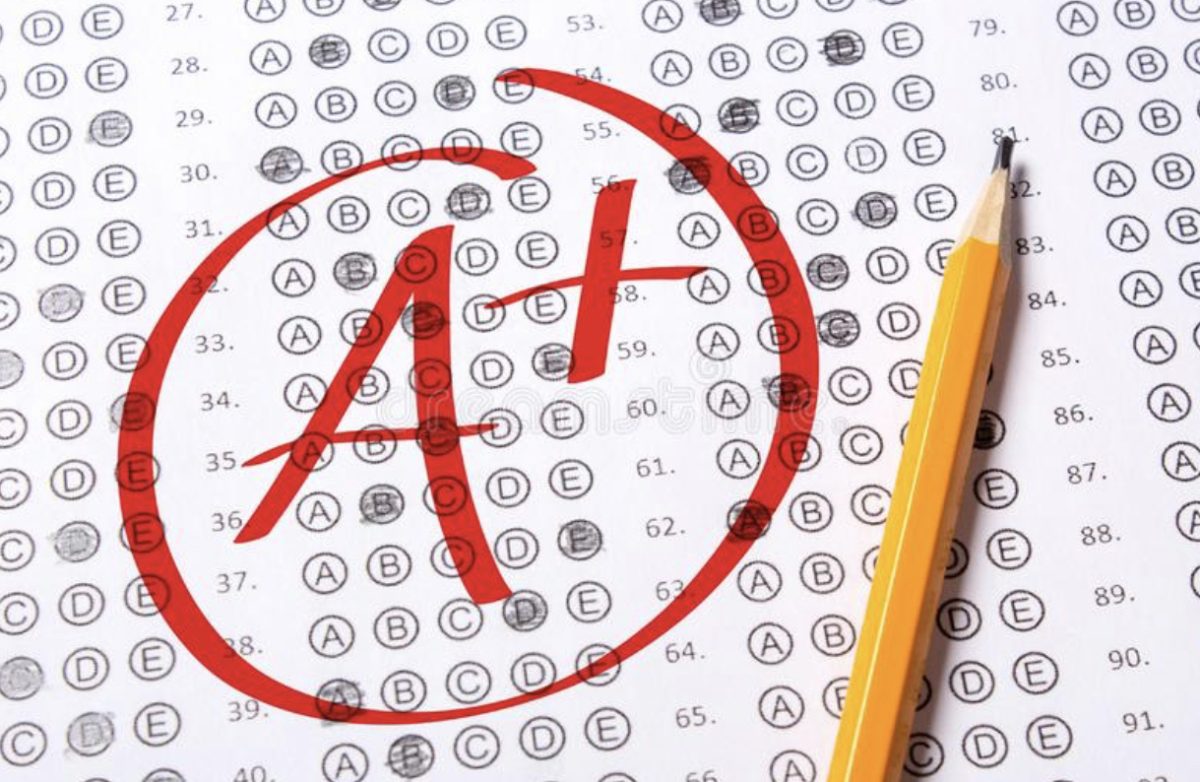At the beginning of 2014, the Florida Times-Union sued the state to publish teacher’s Value-Added Model (VAM) scores on their website. VAM is used to measure a teacher’s contribution in a given year by comparing current test scores to scores from previous years as well as other students’ scores. After losing a court battle, the state made the VAM scores public on February 26. The Florida Times-Union published the records on their website with a drop-down function that makes searching for teachers even easier. The release of the scores has caused many teacher groups to object. Others, however, find the scores informative.
The Department of Education (DOE) has changed the components that make up teacher evaluation several times in recent years in order to find an objective and more accurate way of evaluating teachers.
Speech and Creative Writing teacher Mrs. Dianne Newton said, “I can’t think of too many situations where your pay is based on what others are doing.”
Until this year, teachers were evaluated on students’ FCAT scores. While this initially seemed like a reasonable solution, problems quickly arose. Teachers whose students don’t take an FCAT reading or math EOC are evaluated on the school’s FCAT reading scores. With this system, teachers who teach art, physical education, social studies, or other courses not covered by FCAT or EOC are evaluated by numbers that don’t correlate to their performance.
For example, Mr. Travis Pilch teaches Higher Level IB Biology, but his evaluation is based on the FCAT reading scores of Seminole’s freshmen.
Junior Casadi Shepherd said, “It doesn’t make sense to grade teachers on subjects they don’t even teach. It would be more appropriate for teachers like Mr. Pilch to be evaluated on his students’ IB scores.”
This year, the basis of teacher evaluations and standards for students were changed. Teaching will be evaluated on their quarter exam grades.
IB math teacher Mr. Trung Vong said, “An issue is that nine weeks exams are not standardized across the school, much less the county or the state.” Mr. Vong, however, is not concerned by the new standards for students the DOE published this year. “Standards tell you what to teach. It is legislature and the school board that determine how those standards will be used.”
Despite the futile attempts by the DOE to create teacher evaluations that are fair, there are still many issues with the VAM scores. Mr. Pilch’s VAM score, for example, published in the FloridaTimes-Union database, is -42% with a standard of error of 105%. This means that Mr. Pilch’s true score is anywhere from -147% to +63%. With an interval so large, his true VAM score has almost no meaning. Mr. Pilch’s VAM score is based on the reading scores of 25 freshmen, even though he has 150 students who are mostly juniors and seniors.
Mr. Pilch said, “I don’t concentrate on the evaluation process too much. I’m focused on helping students learn. If I do well, hopefully a fair evaluation will come on its own.”
According to the Tampa Bay website, the Florida Education Association said “Florida’s VAM formula is not valid; it is deeply flawed in practice.”























